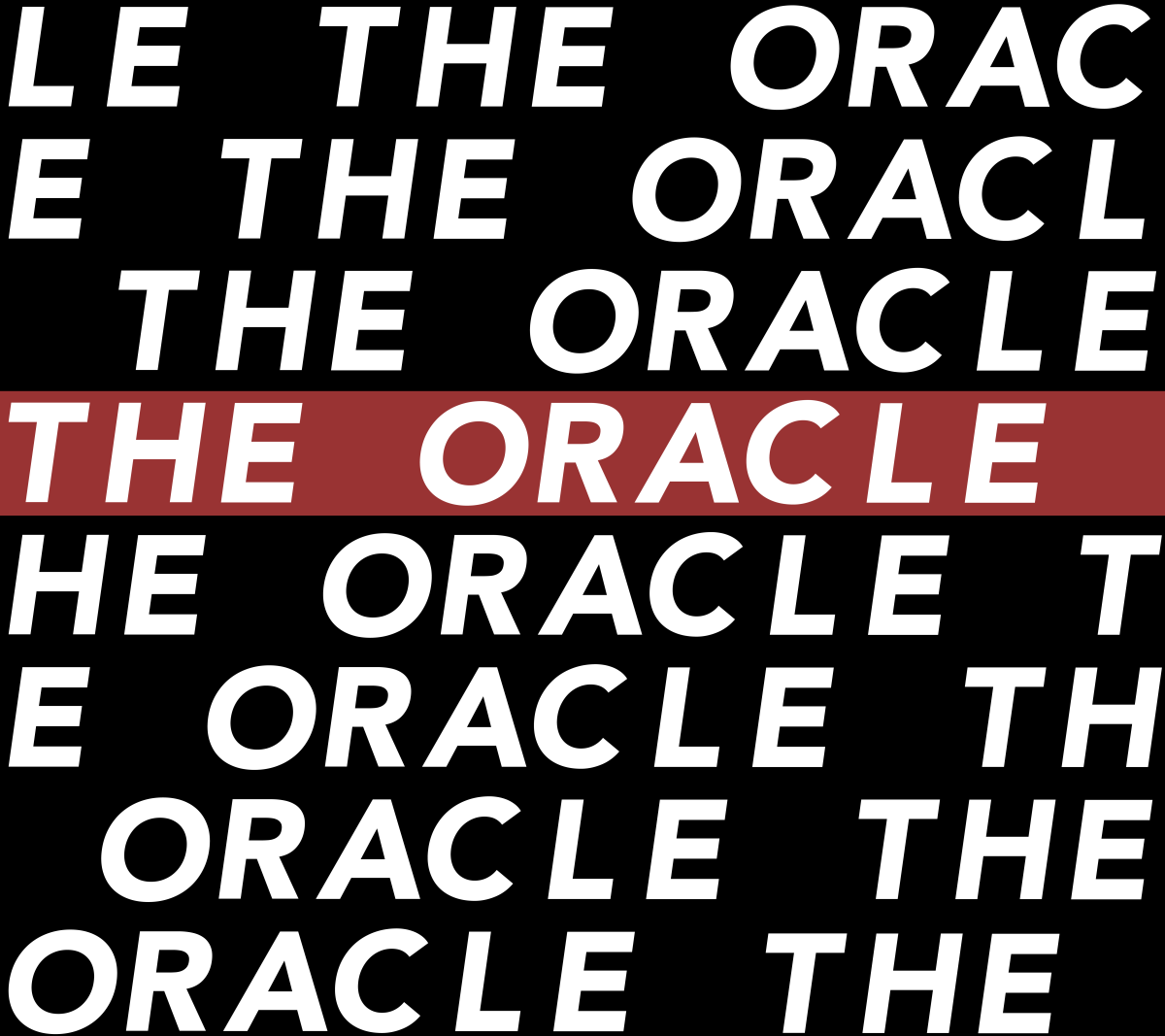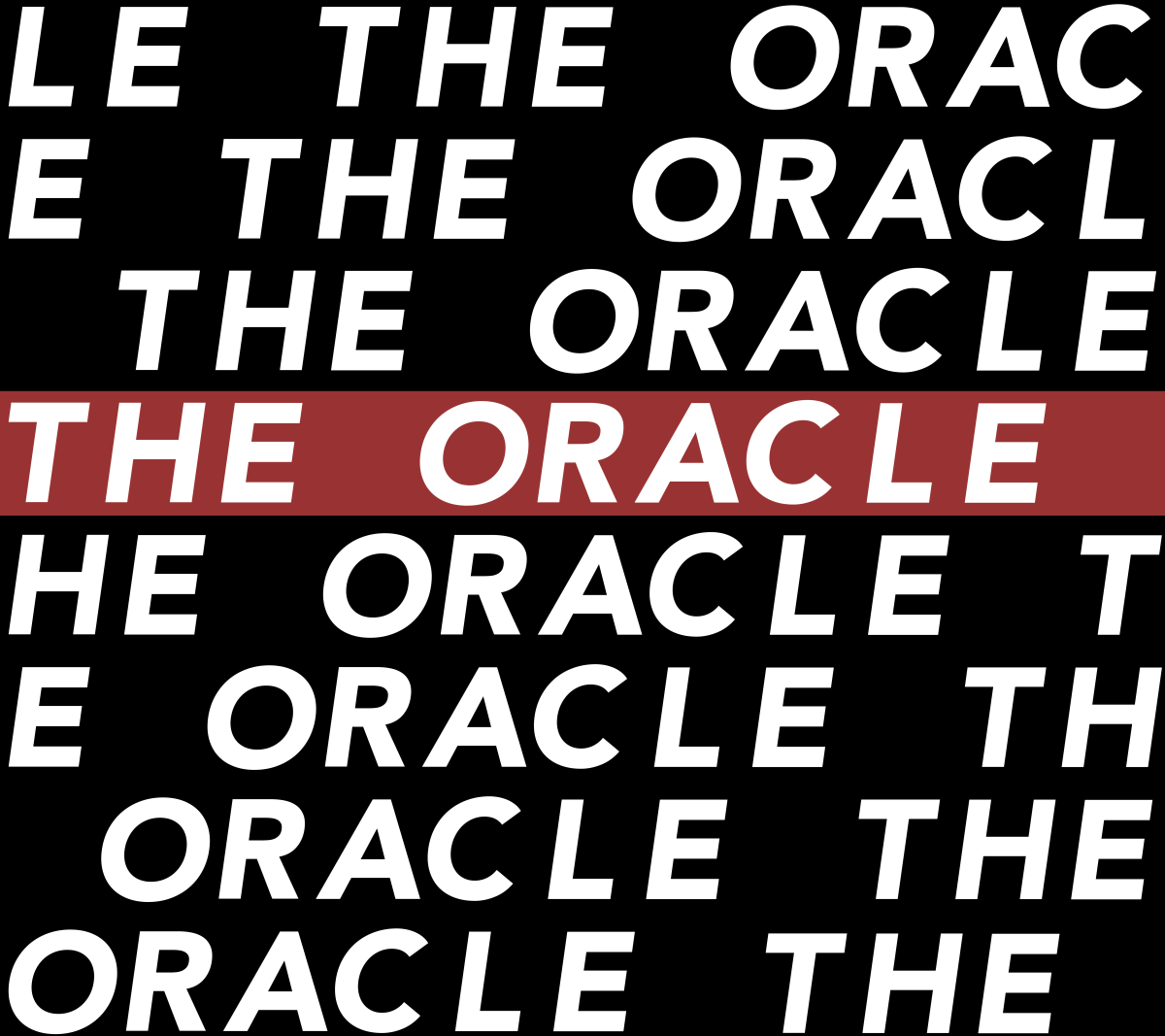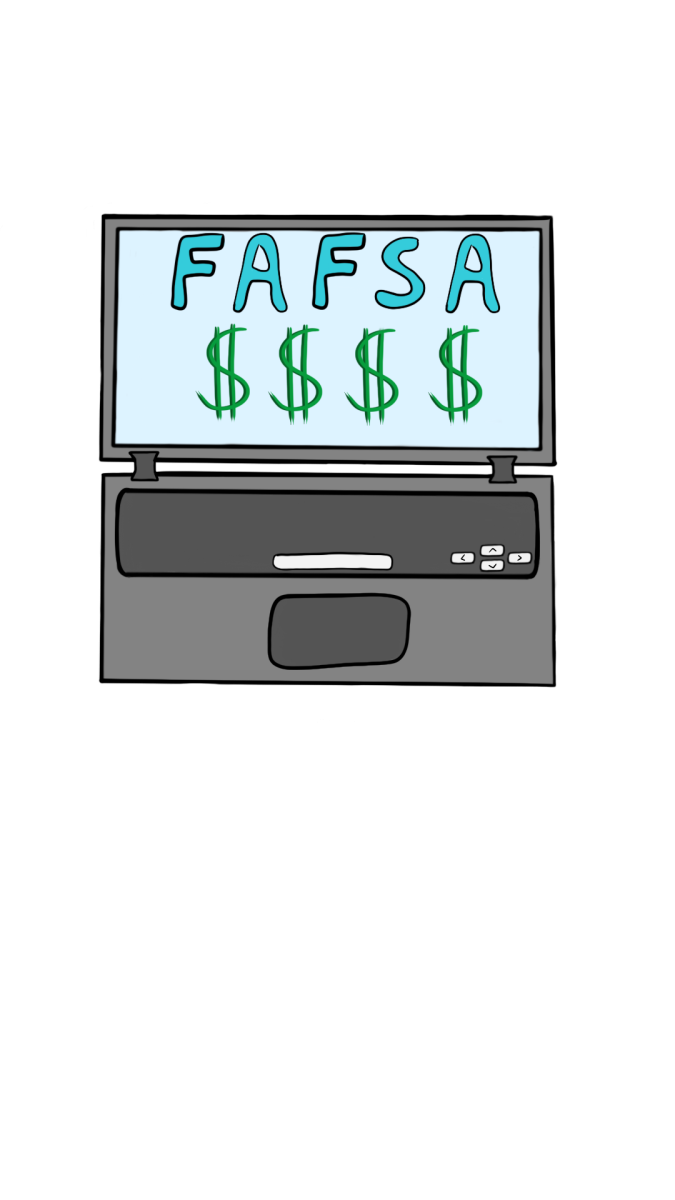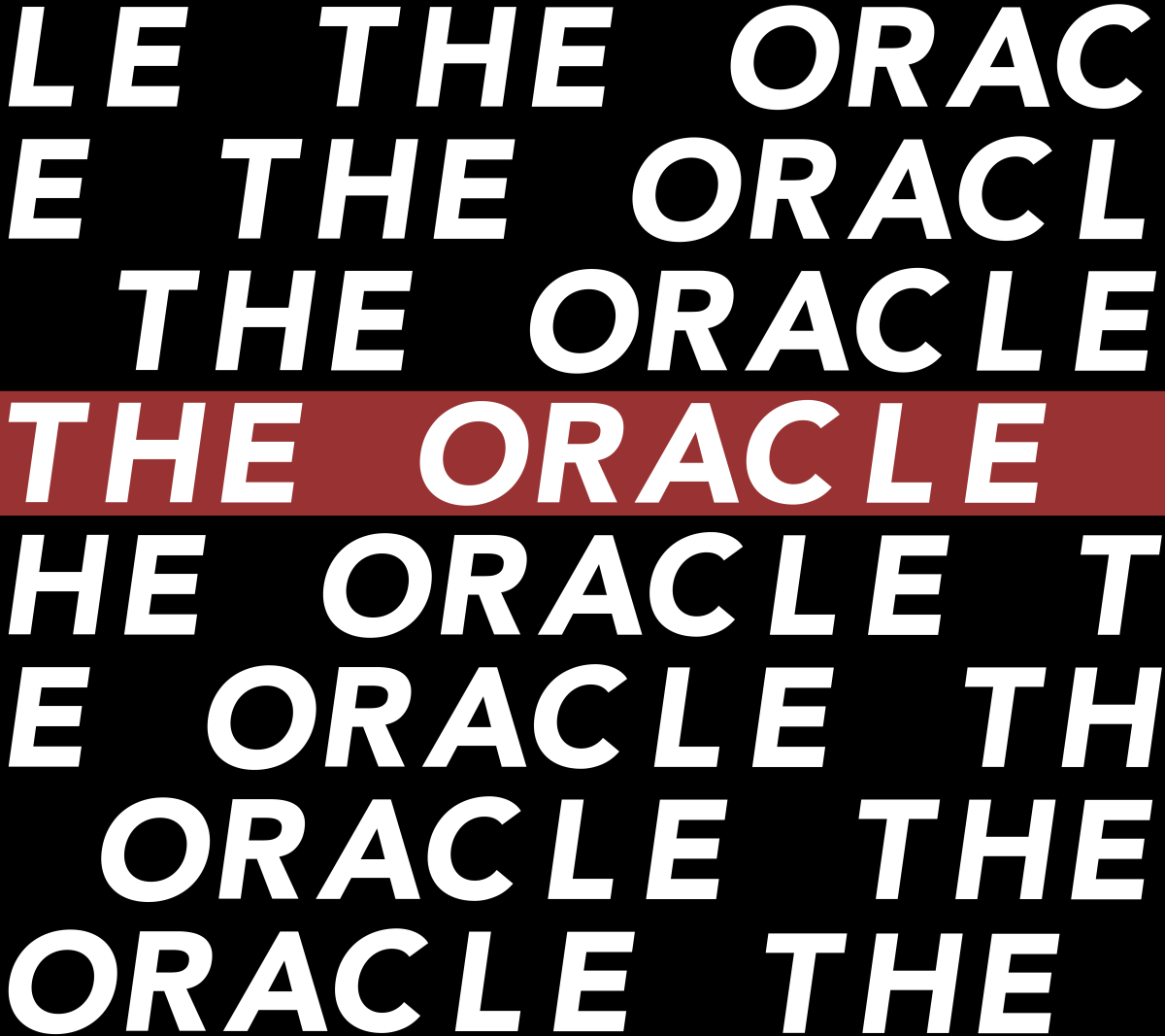Bubblegum, blueberry and mint are just some of the colorful flavors commercial tobacco companies have used to target consumers. But these are not the only marketing strategies that have impacted many. My internship with the American Association of Nonsmokers Minnesota (ANSR) has given me a lot of insight into this dark industry.
The Twin Cities are full of corner stores and smoke shops that specialize in discount prices and in-store promotions. Smoking is also the leading cause of death and disease that is preventable in Minnesota. There is no surprise that the two have a scary correlation.
According to The American Lung Association State of Tobacco Control, while smokers have claimed a “healthy” switch to different cigarettes, the death toll from smoking has increased in the last 50 years. A lot of this comes from companies promoting the least harmful products to consumers. But the ingredients in them prove other questionable dangers.
A report by The National Cancer Institute states that the usage of tar in cigarettes does not matter when it comes to the health of an individual. Low-tar and filtered cigarettes are just as hazardous. Regardless, tobacco companies still prey on smokers with false promises.
E-cigarettes may also be less hazardous and marketed as such, but their addictive properties are all too common. Heavy inhalation can lead to damage to the lung tissues. And it is a scary fact that many consumers have tried to quit nicotine, but the drug overshadows self-control.
Something I have learned from my experience working with ANSR is the impact these targeting tactics have on Black and Indigenous persons of color, Transgender and Queer communities, and youth ages 18-24. Documents have shown efforts by companies to make menthol cheaper in African-American communities.
Commercial tobacco companies also contribute to the nicotine epidemic of youth who vape. The main cause of this is those delicious-sounding candy flavors in e-cigarettes. ANSR has pulled surveys from youth, the majority of which have said they would not use tobacco products if not flavored.
It is also no secret that these companies are surviving off of minorities and youth who become easily dependent on tobacco products. Product placements on television and celebrity endorsements are not as popular as they were decades ago. However, influences remain strong when they do appear on rare occasions.
Celebrities like Nick Jonas have appeared in magazines holding cigars and posting on social media smoking a joint. If a younger audience sees this, they might be influenced, whether it is subconsciously or not.
Regardless of the choices we make as young people, it is important to be aware that the tobacco industry is playing a dark and twisted game when it comes to marketing tactics. This is a public health concern, and there is most certainly an epidemic right under our noses.
Interested in taking action? Fill out the QR code to share your experience with flavored commercial Tobacco products created by Smoke Free Generation campaign, or visit https://acs-can-minnesota.boast.io/form/tobaccostories







